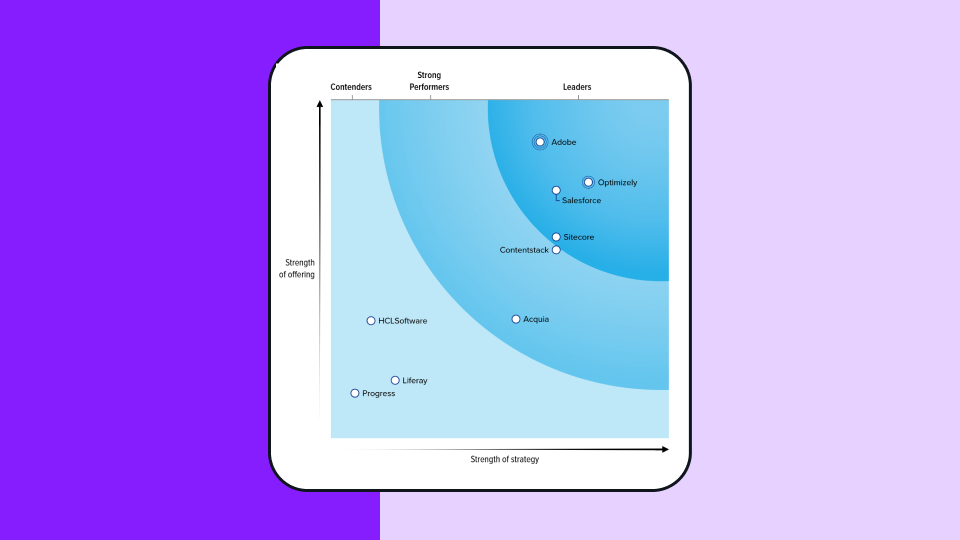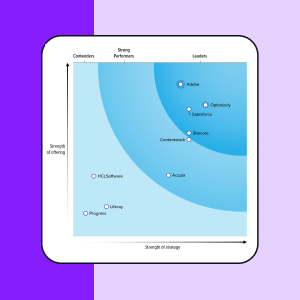Schlanke Hypothesentests
Was ist Lean Hypothesis Testing?
Lean Hypothesis Testing ist ein Ansatz für die agile Produktentwicklung, der darauf abzielt, das Risiko zu minimieren, die Entwicklungsgeschwindigkeit zu erhöhen und die Markttauglichkeit des Produkts zu verbessern, indem ein Minimum Viable Product (MVP) entwickelt und wiederholt wird.
Das Konzept der Produktexperimente wurde von Eric Ries als Teil der Lean-Startup-Methode berühmt gemacht. Im Kern geht es bei dem MVP-Konzept darum, einen Lernzyklus zu schaffen. Anstatt lange Entwicklungszeiten für die Erstellung eines vollständig ausgefeilten Endprodukts einzuplanen, arbeiten die Teams bei der schlanken Produktentwicklung in kurzen, iterativen Zyklen. In jedem Zyklus wird ein MVP ausgeliefert, d. h. ein Produkt, das mit so wenig Aufwand wie möglich erstellt wird, um es mit den Nutzern zu testen und zu validieren.
Beim Lean Hypothesis Testing kann das MVP selbst als Hypothese formuliert werden. Eine gut konzipierte Hypothese zerlegt ein Problem in Problem, Lösung und Ergebnis.
Wenn du eine gute Hypothese aufstellst, solltest du mit einem aussagekräftigen Problem beginnen: ein Problem oder ein Schmerzpunkt, den du für deine Nutzer/innen lösen möchtest. Teams nutzen oft mehrere qualitative und quantitative Quellen, um dieses Problem zu erfassen und zu beschreiben.
Beispiel für eine schlanke Hypothese
Stell dir vor, du bemerkst ein Problem: Die Nutzer brechen einen Anmeldevorgang häufiger ab als erwartet. Nach einigen Nachforschungen stellst du fest, dass der Anmeldeprozess länger dauert als der Branchendurchschnitt - und du hast Nutzerfeedback über die Langsamkeit deiner Anwendung erhalten. Aus dem Anmeldeprozess geht auch nicht klar hervor, worin der Vorteil deines Produkts besteht.
Du bietest eine Lösung an. Die Lösung kann eine Funktion, eine Produktidee oder eine Produktausrichtung sein, die das beschriebene Problem angeht. In unserem Beispiel könnte die Lösung darin bestehen, den Anmeldeprozess zu beschleunigen, indem du die Anzahl der Formularfelder reduzierst und das Nutzenversprechen deutlicher machst. Dies dient als Hypothese, die du dann weiterverfolgen kannst.
Vielleicht möchtest du auch eine Begründung oder eine Theorie anbieten, warum diese Lösung die richtige ist. In unserem Beispiel lautet diese Theorie, dass die Nutzer/innen den Anmeldeprozess abbrechen, weil er zu lange dauert und sie den Wert nicht verstehen.
Statistik und Hypothesentests
Wenn du eine Hypothese testest, ist es wichtig, dass du p-Werte festlegst und sicherstellst, dass du eine ausreichend große Stichprobe hast, um statistische Fehler zu vermeiden. Wenn du zum Beispiel die statistische Signifikanz nicht berücksichtigst, kannst du einen Fehler vom Typ 1 machen, bei dem du denkst, dass dein Test eine Wirkung hat, obwohl er in Wirklichkeit keine Wirkung hat (Nullhypothese).
Wenn du die wissenschaftliche Methode nicht richtig auf deine Testmethode anwendest, kannst du fälschlicherweise Vorteile feststellen, die nur dem Zufall geschuldet sind und nicht wirklich signifikant sind. Mit unserem Stichprobengrößenrechner kannst du die richtige Stichprobengröße für ein Experiment ermitteln, wenn du deine Ausgangs-Conversion-Rate und dein Konfidenzintervall kennst.

